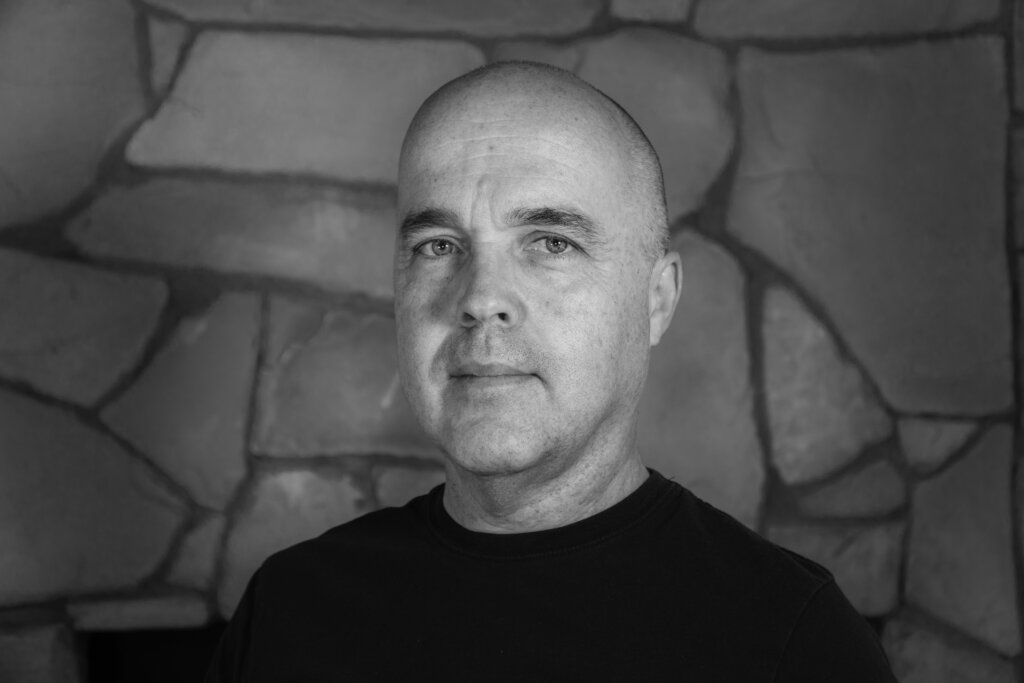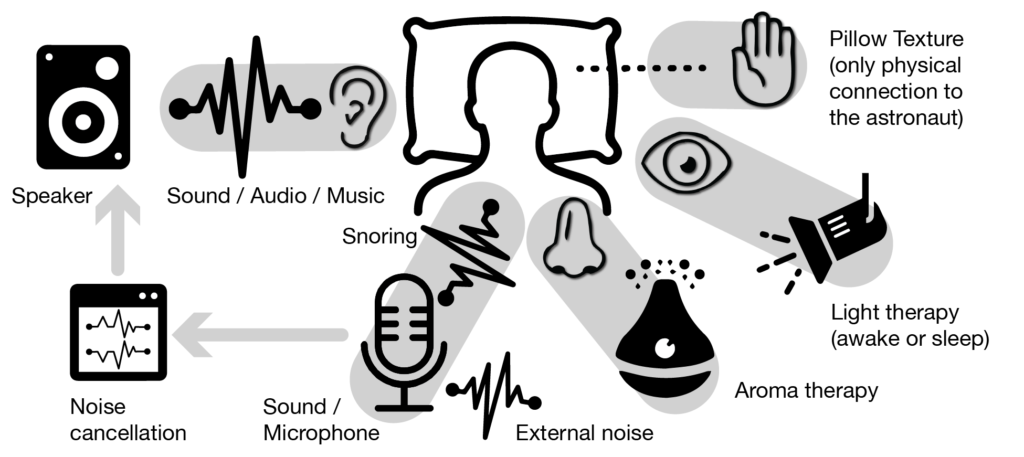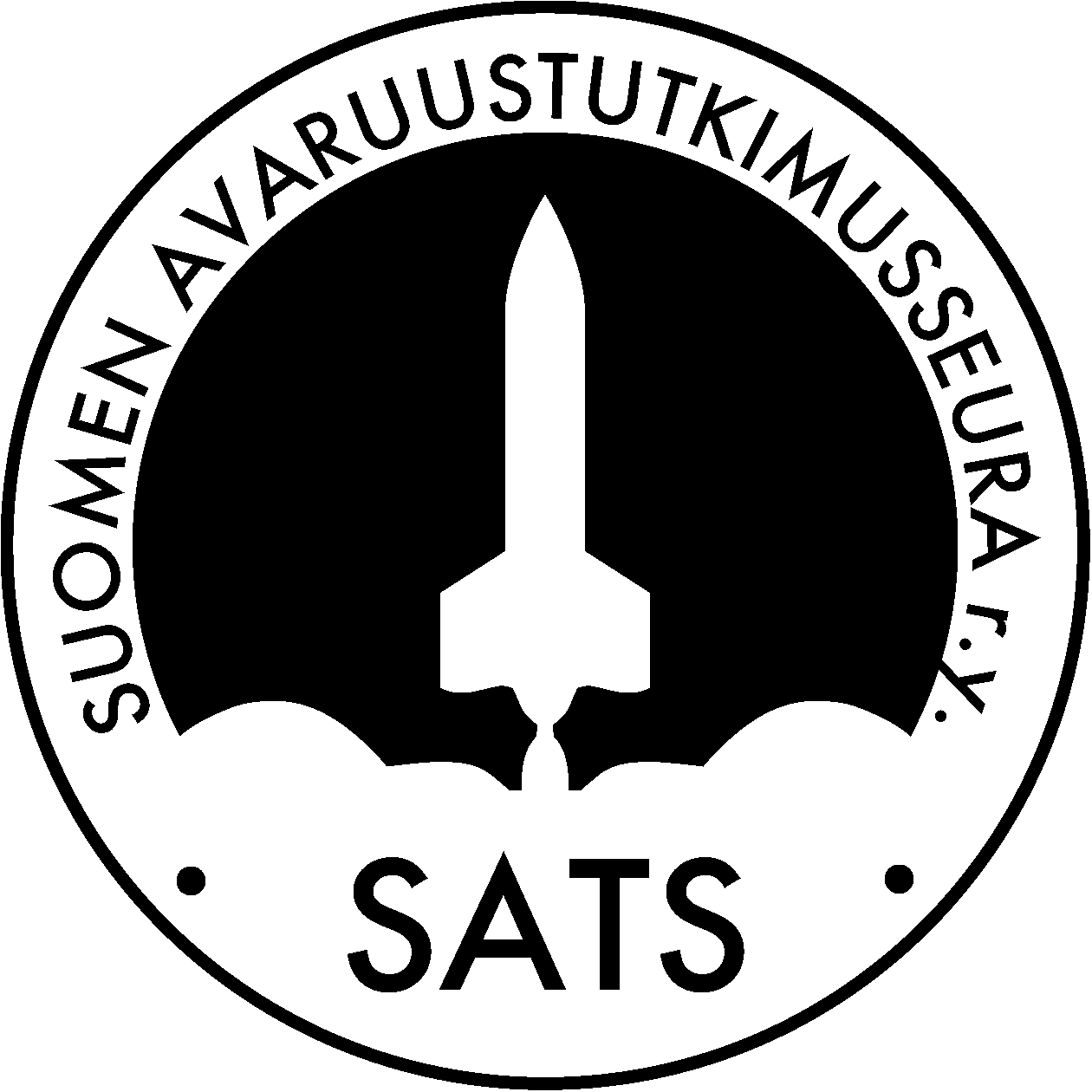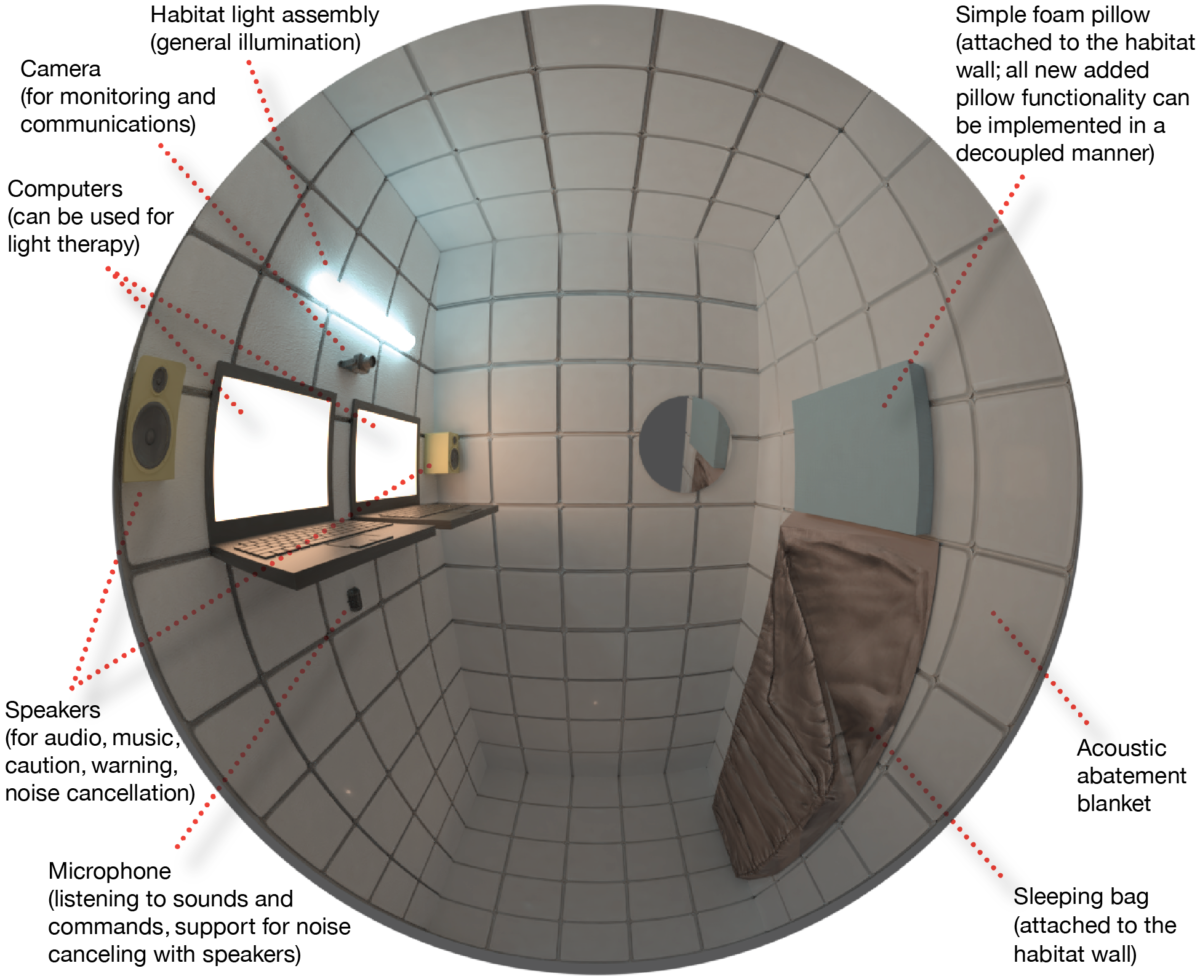This article continues my series of articles on the International Astronautical Federation’s Committee for the Cultural Utilisation of Space (ITACCUS). The committee focuses on a subject that is often disregarded in space exploration: the cultural one. Dealing with astronauts’ cultural and social needs and cultural reflections on space exploration, the committee includes among its members artists, architects, scientists, and engineers.
Tibor Balint, PhD., Principal Human Centred Designer at NASA’s Jet Propulsion Laboratory, ticks several of these boxes. After several years at NASA as an engineer, Dr Balint attended the Royal College of Art in London to get a second PhD, this time on Human-Centred Design (HCD). As part of his work at JPL, Dr Balint takes advantage of cybernetics and human-centred design to create new perspectives and foster design conversations that broaden technology-driven paradigms.

In 2018, he directed, in collaboration with Oliver Lehtonen, Design Space for Space Design, a film documenting human-centred approaches to NASA missions. The film heralds a paradigm change, where technology-centred missions start incorporating human-centred design as their duration increases and dealing with astronauts’ higher needs becomes central.
As Dr Balint explains it, the early crewed missions focused on achieving the set out scientific and mission objectives and keeping the astronauts alive, tending to their physiological needs. They took place near the Earth; they were short duration and had an easy return. Astronauts lived at work; they did not go to Space to enjoy themselves.
However, as missions get longer – noticeably so with missions to Mars – they will need to be thought differently. A Mars mission would last 1.000 days; it would have no resupply possibilities, long communication delays and demand more autonomy from the astronauts.
In 1943, Abraham Maslow presented his Hierarchy of Needs in the paper A Theory of Human Motivation. He argued that as each level of needs is fulfilled, humans start seeking to fulfil the following level up, beginning from physiological needs to self-actualisation.

As astronauts spend more and more time in Space and the link with Earth becomes more tenuous, Mission planners are forced to consider more needs than the bare biological ones: emotion, learning, experience. Even if the crewed missions to Mars are far away, it is essential to start broadening the paradigm.
The possibilities of human-centred design go beyond focusing on astronauts’ basic needs. Traditional NASA mission planning teams include scientists who frame the objectives, engineers who figure out how to achieve them, costing experts who evaluate costs and feasibility, and managers who make sure the project advances.
NASA teams are made of humans, and human-centred design can also offer them a better working environment. Thus, Dr Balint – along with his HCD colleagues – has been incorporating designers into work teams. In his view, a designer is a facilitator who bridges language barriers. Designers help the team to have better conversations. Better conversations eliminate errors, which reduces risk, getting rid of misunderstanding and cutting costs.
In their seminal 1989 paper, Institutional Ecology, ‘Translations’ and Boundary Objects: Amateurs and Professionals in Berkeley’s Museum of Vertebrate Zoology, 1907-39, Susan Leigh Star and James R. Griesemer introduced the concept of a Boundary Object. In[GU1] a context where experts from different disciplines need to work together and collaborate, boundary objects are plastic, interpreted differently across communities but with enough immutable content to maintain integrity. They help bridge the disciplines’ gap.
Team designers create boundary objects to translate ideas across disciplines and ensure that everyone on the team speaks a shared language. As the design process evolves, these boundary objects may change, stimulating conversations and going beyond fixed ideas of what is and is not possible.

One of the ways this becomes apparent is in the effect technical evolution has on mission planning. Experienced scientists and engineers at NASA have developed over the years a feeling for what works and what doesn’t. However, technical evolution means that what works is not fixed but evolves together with technology. Experience saves time, but it carries the risk of having a rigid cognitive model that does not update. For example, while the conventional thought is that solar panels will not take you beyond Mars, Juno carried solar panels to Jupiter. MarCO took CubeSats, nowadays common on LEO, to Martian orbit. The new opportunities also mean new mission architectures that require planners to reconsider their givens, challenge their beliefs of what is and what is not possible. Under certain conditions, things that did not seem possible before are now possible. Thus, human centred-design and boundary objects could play beneficial roles in facilitating conversations and challenging the status quo, potentially leading to novel outcomes.
To learn more about Dr Balint and his work
The film Design Space for Space Design is available on Amazon in certain countries at https://www.amazon.com/gp/video/detail/B07K8S1N2X/ref=atv_dp_share_cu_r
Pillow talk, a paper by Tibor Balint and Chang Hee Lee discussing how a pillow could help provide for astronauts’ higher needs, is available at https://www.sciencedirect.com/science/article/abs/pii/S0094576518320289
Design space for space design: Dialogs through boundary objects at the intersections of art, design, science, and engineering, a paper by Tibor Balint and Paul Pangaro on how human-centred design offers new possibilities for space exploration is available at https://www.sciencedirect.com/science/article/abs/pii/S0094576516313509

